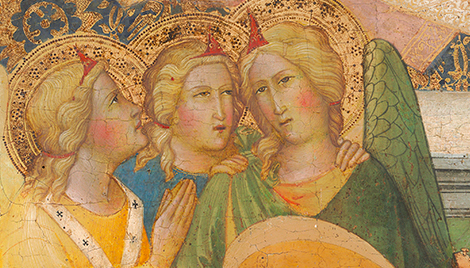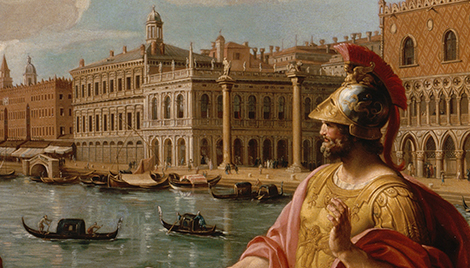Charting the Digital Landscape of the Conservation Profession
March 2016
Despite its broad experience and reach, FAIC has found it difficult to identify the investments needed to support the use of information technology in the discipline. Conservation’s digital landscape — the digital information, technologies, support infrastructures and behaviors that conservation professionals rely on to conduct their work — is complicated, and the field’s capacity to harness the potential of this environment is poorly understood.
In 2014, FAIC began an effort to address this problem. With support from the Andrew W. Mellon Foundation, Getty Foundation, and Samuel H. Kress Foundation, the organization conducted a yearlong series of activities (research, a community survey, discussion forums, interviews, and an analysis of online resources) to map the digital landscape as it exists today, and to identify strategic investments in the environment that will serve the community and help it flourish as a profession.
To that end, FAIC enlisted the aid of hundreds of conservation and allied professionals to identify:
- How those in the profession create, use, share, analyze, and manage digital resources for their work
- The problems they encounter in these activities
- Their perspectives on why these problems exist
- Their ideas on how these challenges can be met (or overcome) and the opportunities exploited
This community input was used to identify the high-level issues that account for the current state of conservation’s digital landscape, and to outline the challenges that must be overcome to make this landscape more serviceable for the profession.
This study presents the results of a year-long series of activities (research, a community survey, discussion forums, interviews, and an analysis of online resources) to map the digital landscape as it exists today, and to identify strategic investments in the environment that will serve the community and help it flourish as a profession.
About the Author
Diane Zorich is the Director of the Smithsonian’s Digitization Program Office (DPO) and leads an expert team in digitizing Smithsonian collections to maximize their impact for the public. She oversees mass digitization, 3D digitization, and assessment activities that develop and improve digitization processes across the Institution.
Before joining the Smithsonian, she was a consultant with over two decades of experience in information management, digitization, and digital policy in cultural organizations. She has graduate degrees in anthropology and museum studies, and hails from Chicago (with stops along the way in New York City, Boston, San Diego, and Princeton).





